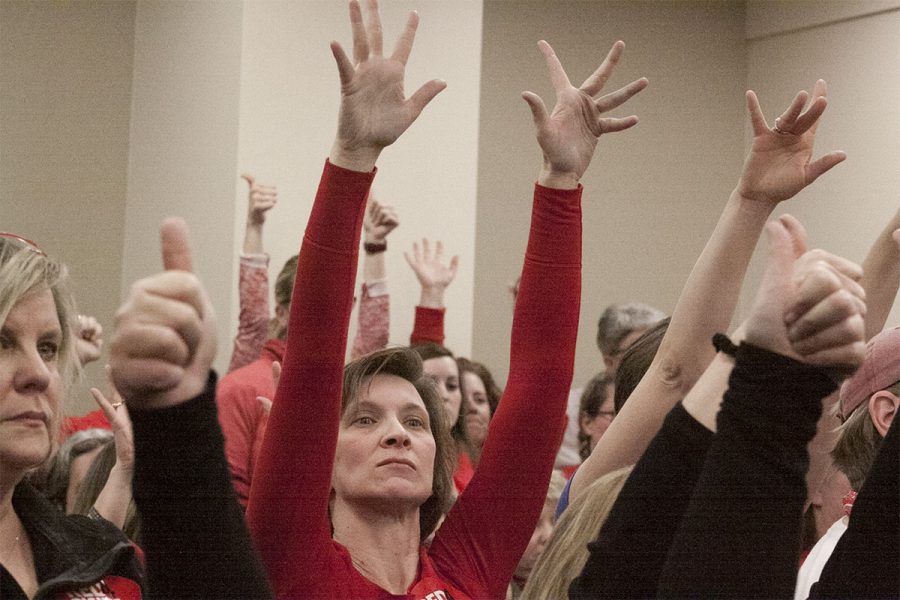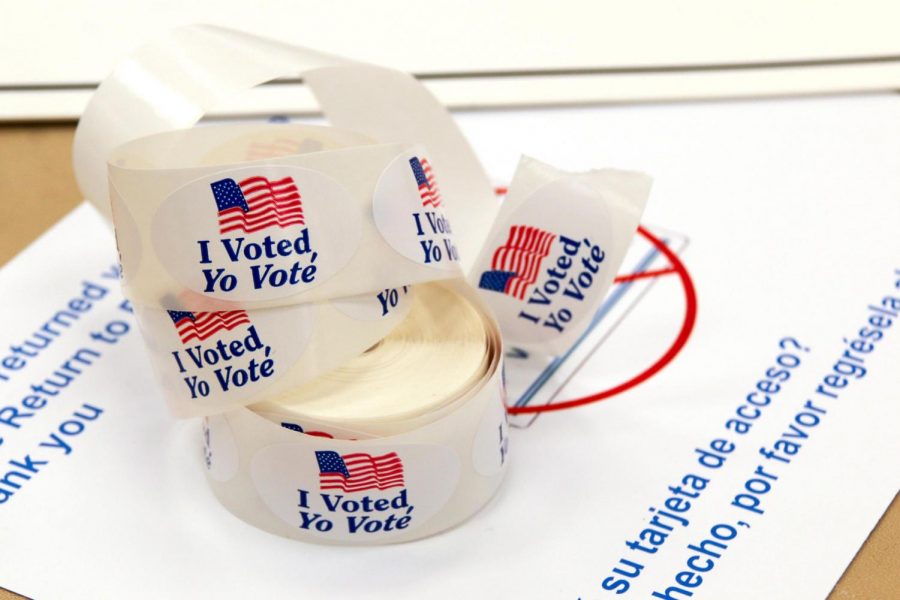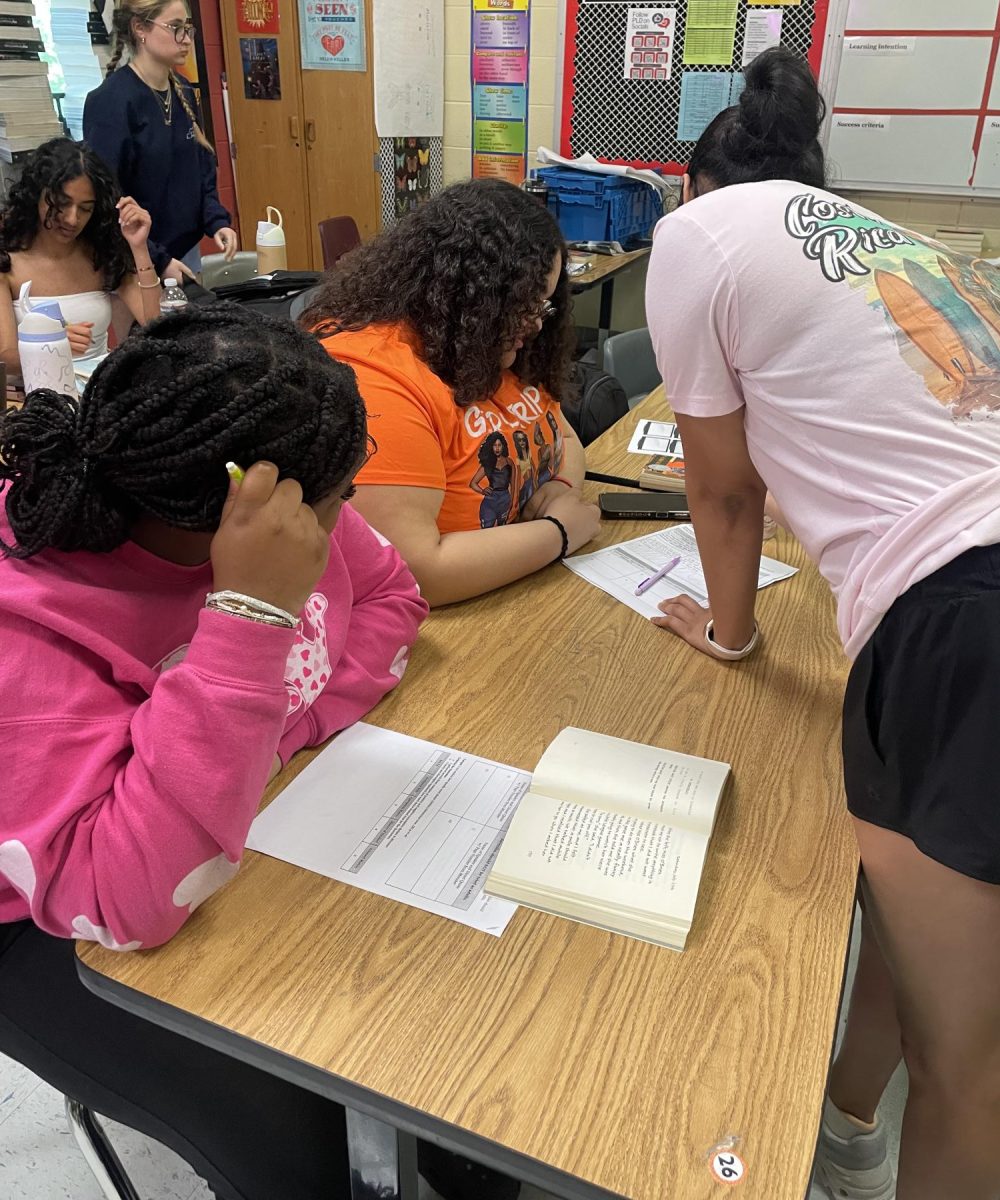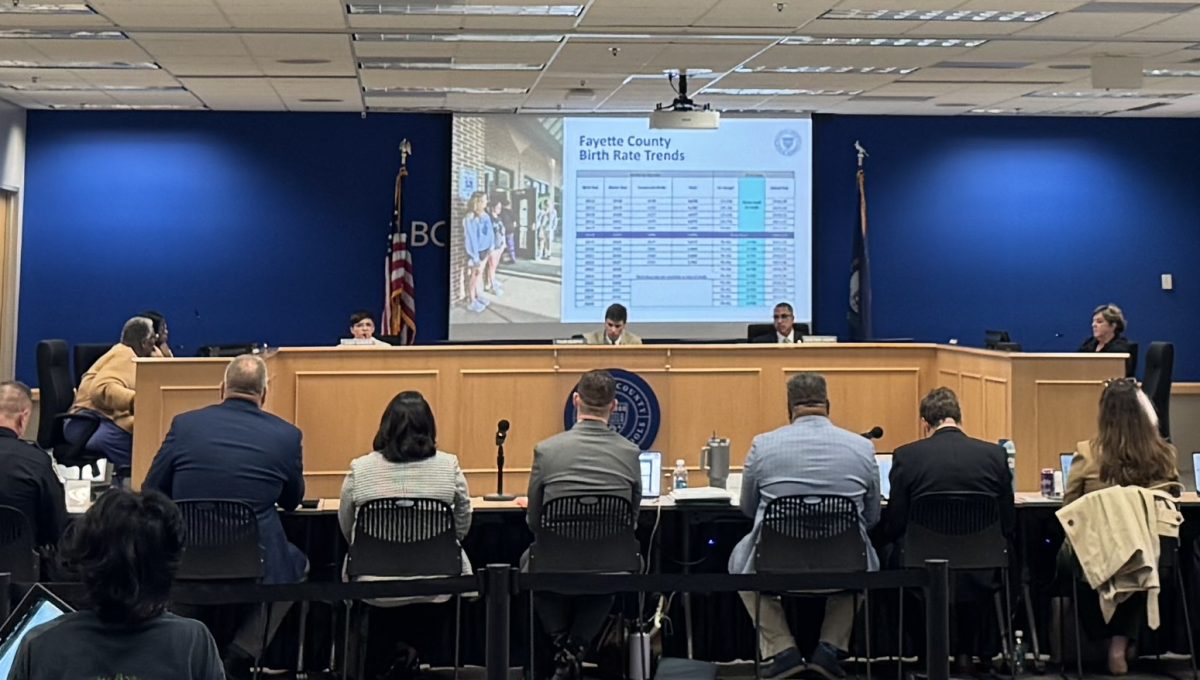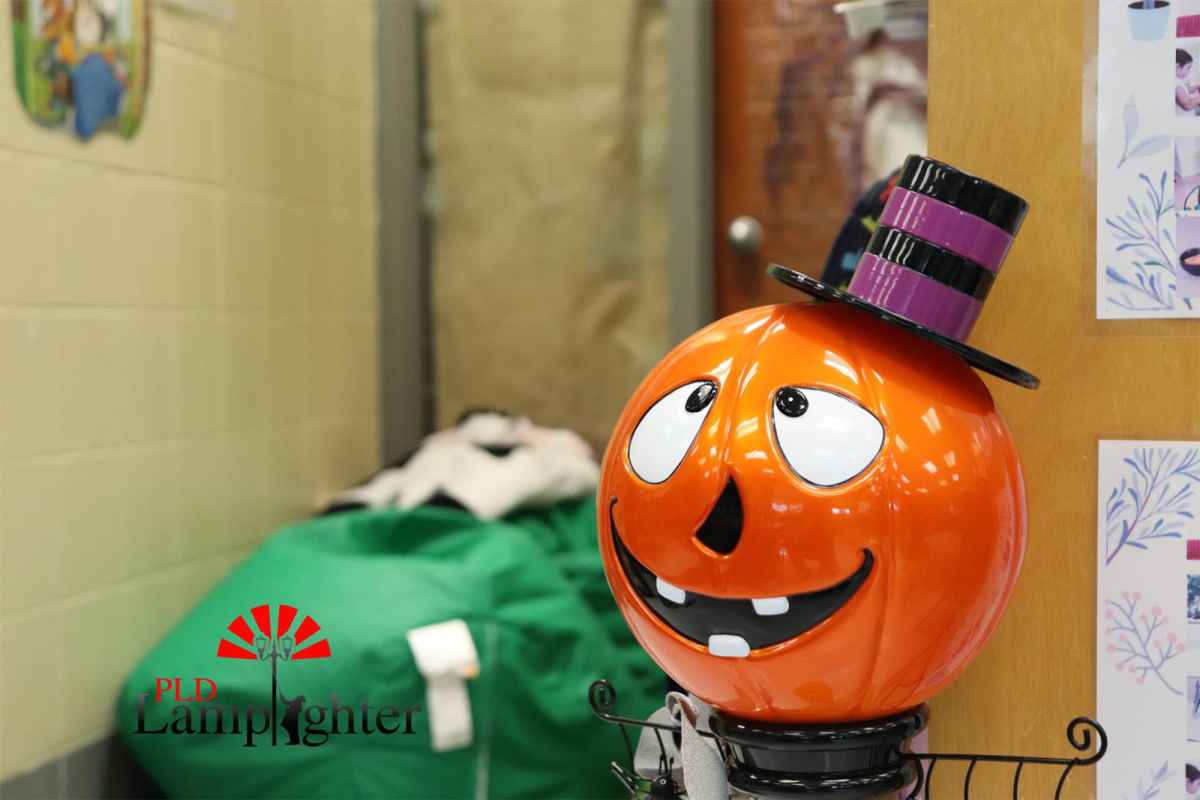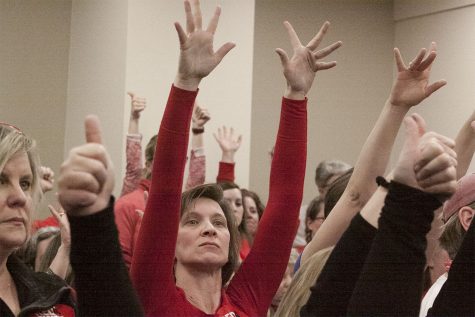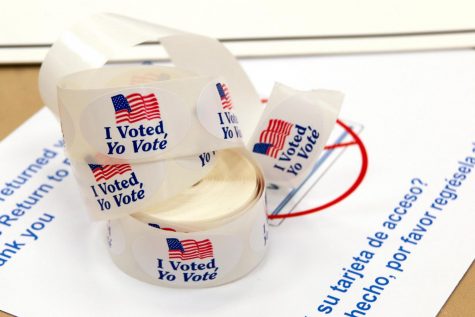Interpreting the Student Voice Survey Results
81…74…99…60. Is it a sleep number? An Age? An IQ?
No, it’s Kentucky teachers’ ratings based on the recent Student Voice Survey that many Dunbar students took last month. Students logged into their Infinite Campus accounts and had a survey for every teacher/coach/extracurricular sponsor they work with at Dunbar.
The only exception were either students who had been in attendance fewer than 15 classes in total, students who participate in an alternative assessment system, or students who returned an opt-out form indicating that their parents did not want them to take the survey.
According to Dunbar’s Academic Dean, Mrs. Liz Pelphrey, all certified staff who are under TPGES were required to have one class complete the survey. Teachers were asked to choose a class with a minimum of 10 students. The results of the survey serve as one source of evidence in determining a teacher’s overall professional practice rating.
The questions were gathered into seven categories: support, transparency, understanding, discipline, engagement, nurturing and trust. Students were asked to rate students on questions like “in this class, we learn a lot almost every day,” “my teacher explains difficult things clearly,” “we get helpful comments to let us know what we did wrong on assignments,” “our class stays busy and does not waste time,” and “My teacher seems to know if something is bothering me.”
The results of this survey were released on April 16 to teachers so they could evaluate their scores, which went up to 100. Although many teachers chose to share their scores with their students, the Lamplighter is not releasing specific scores of teachers for privacy reasons.
Most teacher we talked to, however, were very open and honest about their score.
“I was pretty happy with my score,” said Mr. Daniel Janbakhsh, Dunbar English teacher.
Teachers were instructed by administration not to base the scores as “grades” as if a 100 were an A+. Because there were only four options for students, teachers either scored in the “does not meet,” “somewhat meets,” “meets,” or “exceeds” expectations.
The only way a teacher could get 100 would be to exceed every expectation for every student–not just to meet them. Although the teachers may have met their students’ expectations, it would still result in a score of less than 100, which left most teachers wondering what they could do to improve.
Mrs. Cynthia Jones, English teacher, said of her results: “I was satisfied with my score, but I couldn’t help thinking of what I could have done differently to have gotten it perfect.”
Overall, though, most teachers were glad to get the feedback.
“It was nice that students were able to have a voice in what they think of their teachers,” said graphics and photography teacher, Mr. Ben Herzog.

